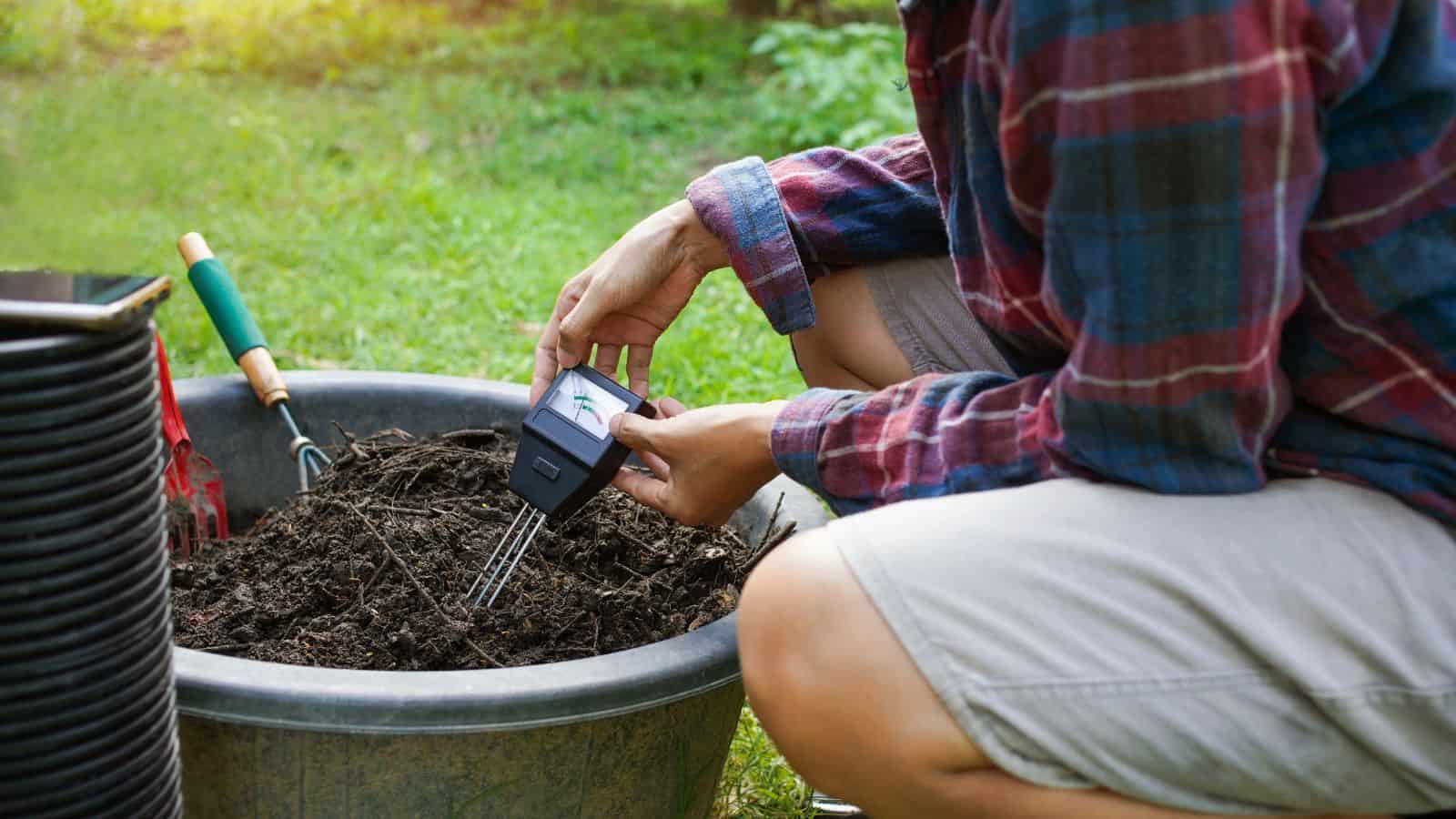Choosing the right plants for your garden is essential for creating a thriving and beautiful outdoor space. With so many options available, it can be overwhelming to know where to start. This guide will help you make informed decisions, ensuring that your garden is filled with plants that suit your environment, style, and needs.

Assess Your Garden’s Conditions
Before selecting plants, it’s important to understand the specific conditions of your garden. The success of your plants depends on how well they match the environment in which they are placed.
Consider Sunlight Exposure
Sunlight is a critical factor in plant growth. Observe your garden throughout the day to determine how much sunlight each area receives.
- Full Sun: If your garden gets at least 6-8 hours of direct sunlight daily, choose plants that thrive in full sun, such as sunflowers, tomatoes, or lavender.
- Partial Shade: Areas that receive 3-6 hours of sunlight are best for plants like hostas, ferns, and impatiens.
- Full Shade: For spots with less than 3 hours of sunlight, consider shade-loving plants like ferns, heucheras, and astilbes.
Evaluate Soil Type and Quality
The type of soil in your garden plays a significant role in plant selection. Different plants have varying soil requirements.
- Sandy Soil: Drains quickly but doesn’t retain nutrients well. Opt for drought-tolerant plants like succulents, lavender, and yarrow.
- Clay Soil: Retains water and can be heavy. Choose plants that can tolerate wet feet, such as daylilies, asters, and black-eyed Susans.
- Loamy Soil: Ideal for most plants, loamy soil is well-balanced in terms of drainage and nutrient retention. Most garden plants will thrive in this type of soil.
If you’re unsure about your soil type, you can conduct a simple soil test or consult with a local garden center for advice.
Climate Considerations
Your local climate significantly impacts which plants will thrive in your garden. Research your USDA Hardiness Zone to determine which plants are suited to your area’s temperature extremes.
- Cold Climates: Look for hardy perennials like peonies, coneflowers, and ornamental grasses that can withstand frosty winters.
- Mild Climates: Consider Mediterranean plants such as rosemary, sage, and olives that enjoy warm, dry conditions.
- Hot Climates: Choose heat-tolerant plants like cacti, succulents, and lantana that can endure high temperatures.
Define Your Garden’s Purpose
Understanding the purpose of your garden will help you choose the right plants. Are you looking to create a vegetable garden, a pollinator-friendly space, or simply a beautiful floral display?
Vegetable and Herb Gardens
If you’re interested in growing your own food, focus on edible plants that suit your taste and climate. Consider the space you have available and the time you’re willing to commit to garden maintenance.
- Easy-to-Grow Vegetables: Lettuce, radishes, and beans are great for beginners.
- Popular Herbs: Basil, thyme, and parsley are versatile and thrive in most gardens.
Pollinator Gardens
To attract bees, butterflies, and other pollinators, select plants that provide nectar and pollen throughout the growing season. Aim for a variety of flower shapes, colors, and bloom times.
- Pollinator Favorites: Coneflowers, milkweed, and bee balm are excellent choices for attracting beneficial insects.
Ornamental Gardens
For a visually appealing garden, choose plants that offer a mix of colors, textures, and heights. Consider the bloom time to ensure continuous color throughout the season.
- Flowering Perennials: Roses, peonies, and irises add long-lasting beauty.
- Foliage Plants: Hostas, heucheras, and ornamental grasses offer interesting textures and colors.
Match Plants to Your Garden Style
Your garden should reflect your personal style and complement your home’s architecture. Think about the overall aesthetic you want to achieve.
Cottage Gardens
Cottage gardens are known for their informal, romantic feel with a mix of flowers, herbs, and vegetables. Choose a variety of plants with different colors and textures.
- Ideal Plants: Hollyhocks, foxgloves, and daisies are classic cottage garden plants.
Modern Gardens
Modern gardens often feature clean lines, minimalist plantings, and a focus on structure. Choose plants with architectural shapes and a restrained color palette.
- Ideal Plants: Grasses, succulents, and evergreens are perfect for a modern garden.
Wildlife-Friendly Gardens
If your goal is to create a haven for wildlife, select native plants that provide food and shelter for birds, insects, and small animals.
- Ideal Plants: Native wildflowers, berry-producing shrubs, and trees like oak and maple will attract a variety of wildlife.
Plan for Maintenance
Before finalizing your plant choices, consider how much time and effort you’re willing to dedicate to garden maintenance. Some plants require more care than others.
Low-Maintenance Options
If you prefer a garden that requires minimal upkeep, look for plants that are drought-tolerant, pest-resistant, and well-suited to your soil and climate.
- Low-Maintenance Plants: Sedums, ornamental grasses, and lavender are easy to care for and require little attention.
High-Maintenance Plants
For gardeners who enjoy spending time tending their plants, high-maintenance options can be rewarding. These plants might need regular pruning, watering, or pest control.
- High-Maintenance Plants: Roses, Japanese maples, and orchids require more care but offer stunning results.
Final Tips for Success
When choosing plants for your garden, it’s important to research and plan. Take the time to understand your garden’s unique conditions and select plants that will thrive in that environment. Remember to consider your personal style, the purpose of your garden, and the level of maintenance you’re comfortable with. With thoughtful planning and selection, you can create a garden that is not only beautiful but also a joy to maintain.
